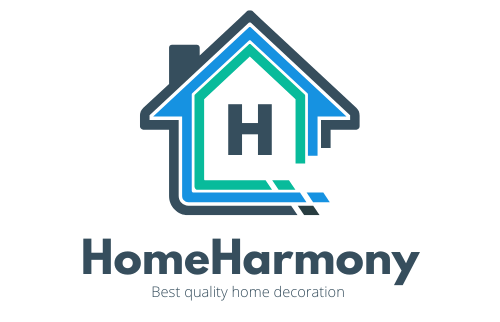Velvet: The Timeless Classic
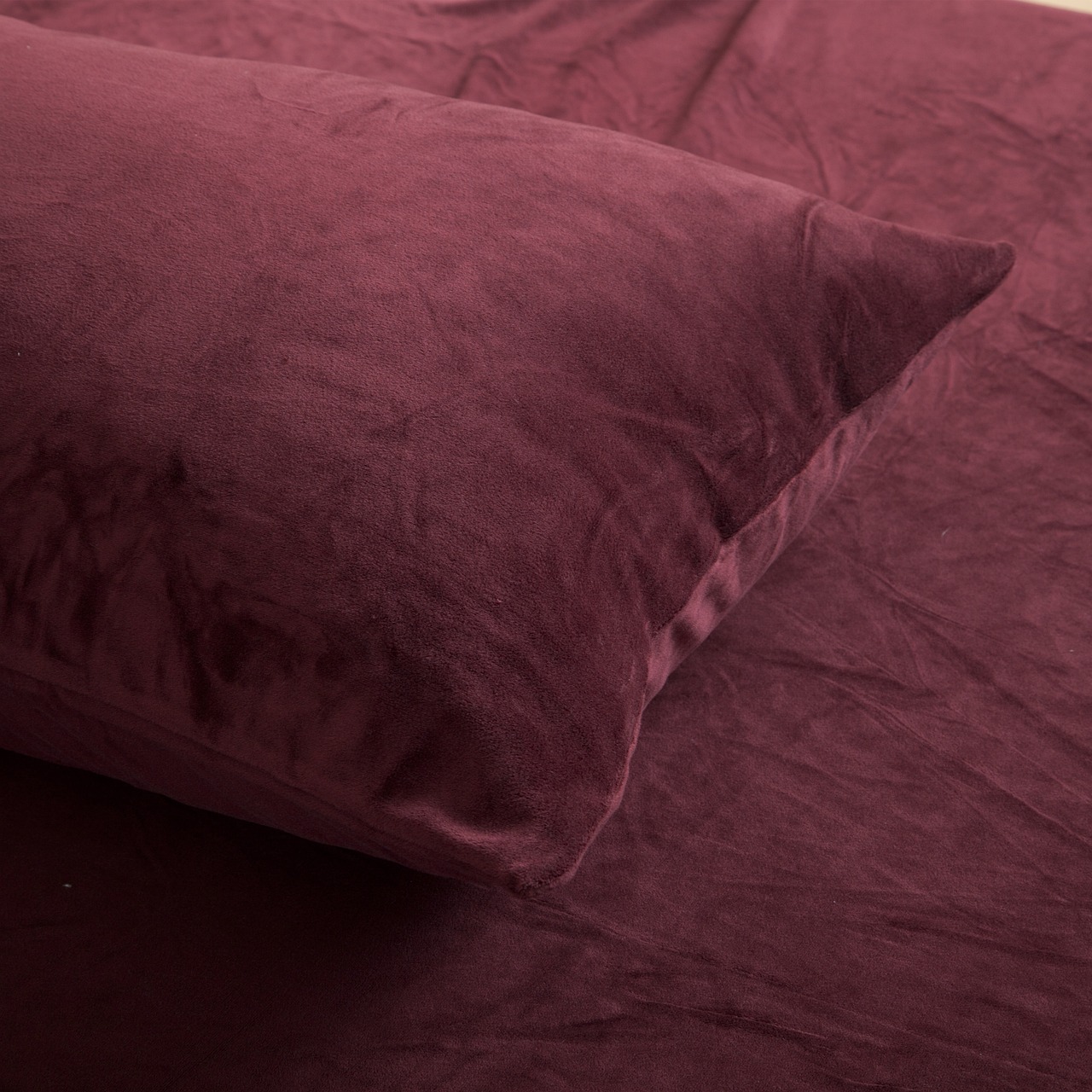
When you think of luxury in interior design, velvet often comes to mind. This fabric, with its rich texture and vibrant colors, has been a staple in luxurious settings for centuries. Velvet is made by weaving two thicknesses of the material together and then cutting them apart to reveal the soft pile. This process gives it that plush feel that many associate with opulence. Designers often use velvet for statement pieces like sofas or drapes, adding a touch of elegance to any room. Despite its lavish appearance, velvet is surprisingly versatile, fitting into both traditional and modern aesthetics seamlessly.
Silk: The Epitome of Elegance
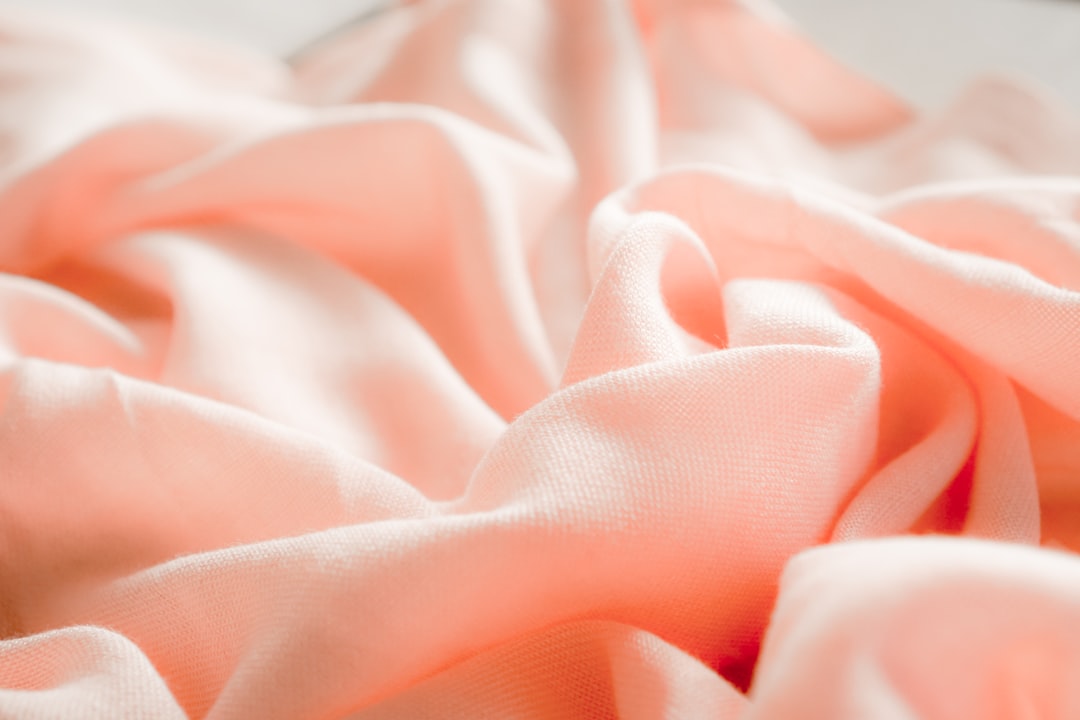
Silk is synonymous with luxury and elegance. This natural protein fiber, produced by silkworms, has been prized for its smooth texture and lustrous appearance. In interior design, silk is often used for curtains, cushions, and even wall coverings in high-end homes. The fabric’s ability to reflect light gives it an iridescent quality that can make any space feel brighter and more sophisticated. However, silk requires careful maintenance as it is prone to sun damage and staining, making it a choice for those who prioritize aesthetics over practicality.
Cashmere: Softness Redefined
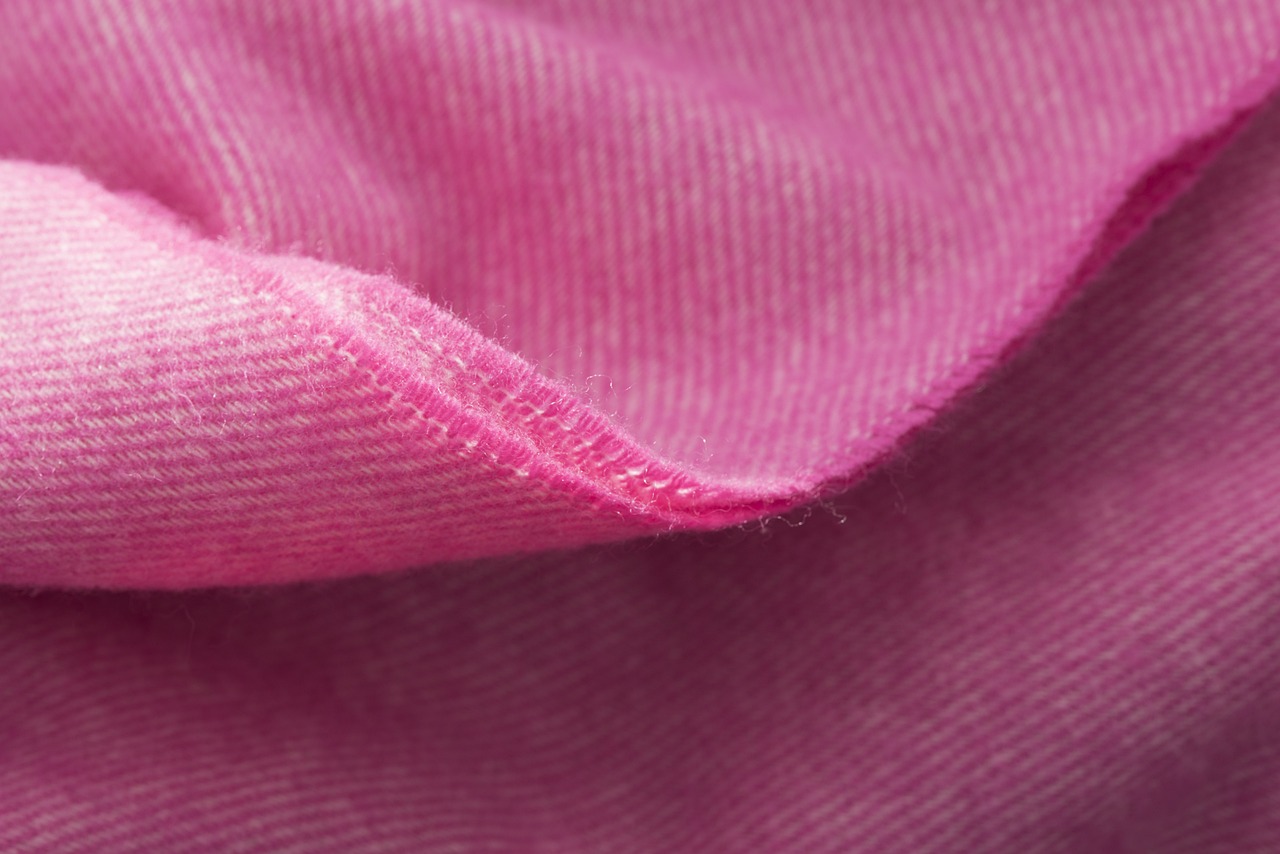
Cashmere, derived from the undercoat of cashmere goats, is celebrated for its unmatched softness and warmth. While traditionally associated with clothing, cashmere is making waves in interior design as well. Designers are incorporating cashmere throws, blankets, and pillows into living spaces to introduce a layer of comfort and luxury. The fabric’s natural insulating properties make it perfect for cozy settings, especially in colder climates. Though it’s on the pricier side, many find the investment worthwhile for the unparalleled softness it brings to their interiors.
Chenille: The Velvet’s Cousin
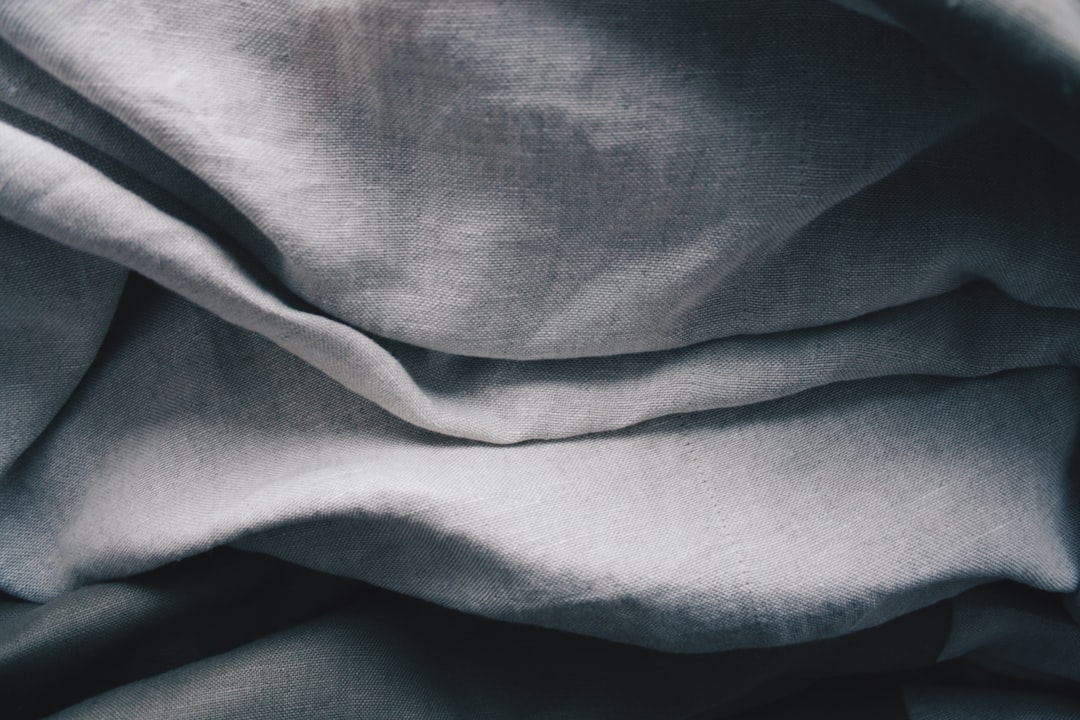
Chenille, often referred to as velvet’s cousin, is another fabric making a comeback in the world of interior design. Named after the French word for “caterpillar,” chenille has a similar plush texture to velvet but is typically more durable. This makes it an excellent choice for high-traffic areas or homes with children and pets. Chenille’s unique weaving technique gives it a soft, fuzzy surface that feels inviting and warm. Available in a wide range of colors and patterns, it’s a favorite among designers for upholstery, curtains, and cushions.
Alpaca: The Sustainable Luxury
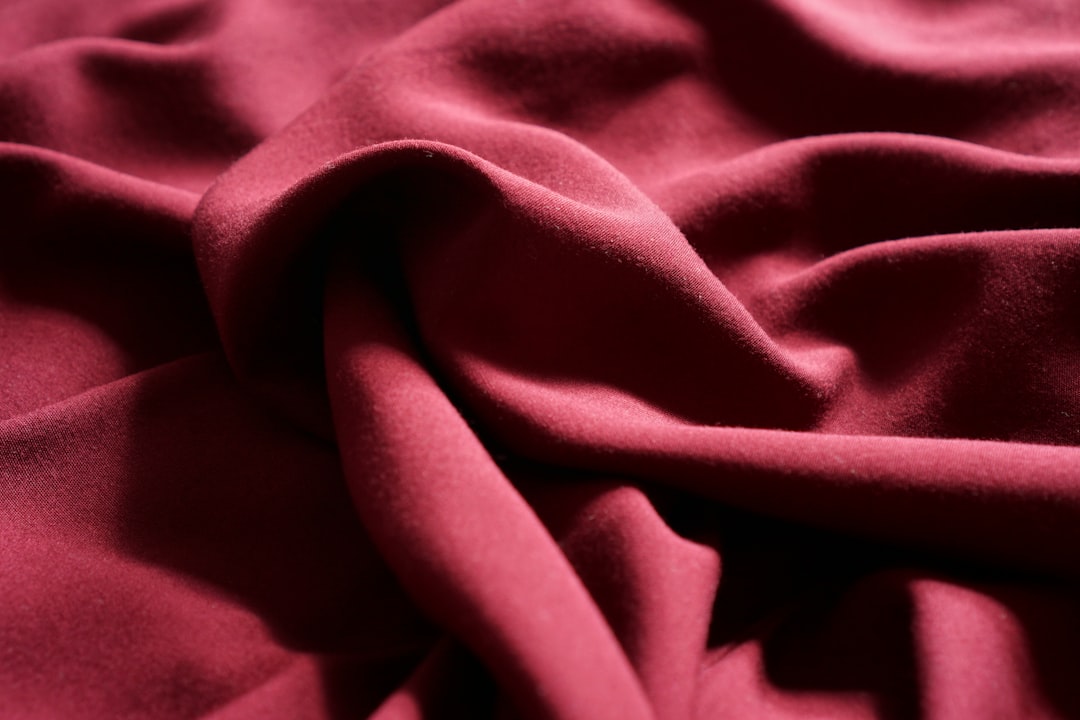
As sustainability becomes a priority in design, alpaca wool is gaining attention as a luxurious yet eco-friendly option. Sourced from alpacas native to South America, this wool is softer and warmer than traditional sheep’s wool. Its hypoallergenic properties make it ideal for those with sensitivities, while its moisture-wicking capabilities ensure comfort year-round. Alpaca wool is often used for throws, blankets, and rugs, adding both warmth and a touch of understated luxury to any space. Its natural hues and textures blend effortlessly with various design aesthetics.
Mohair: The Durable Delight
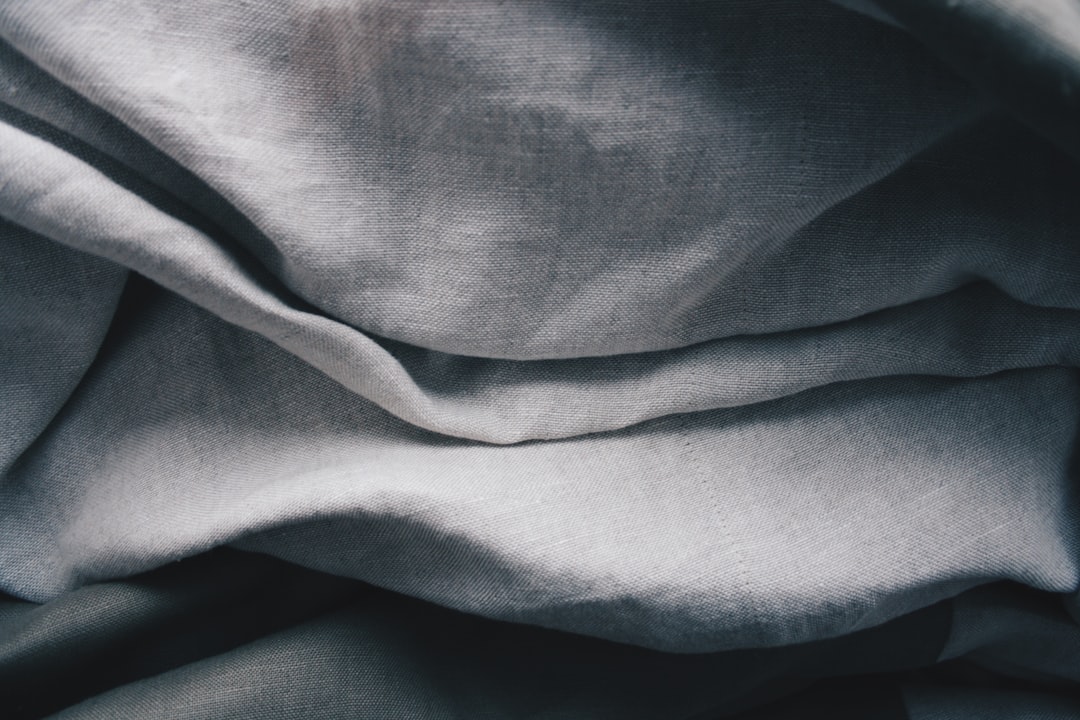
Mohair, sourced from the Angora goat, is known for its durability and sheen. This fabric has been used for centuries, prized for its resilience and ability to hold dye well. In interior design, mohair is often chosen for upholstery due to its resistance to wear and tear. Its lustrous appearance adds a touch of glamour to furniture pieces, making them stand out. Mohair’s natural elasticity ensures it maintains its shape, providing both style and longevity in design applications. For those seeking a fabric that combines beauty with durability, mohair is a top contender.
Linen: The Casual Luxe
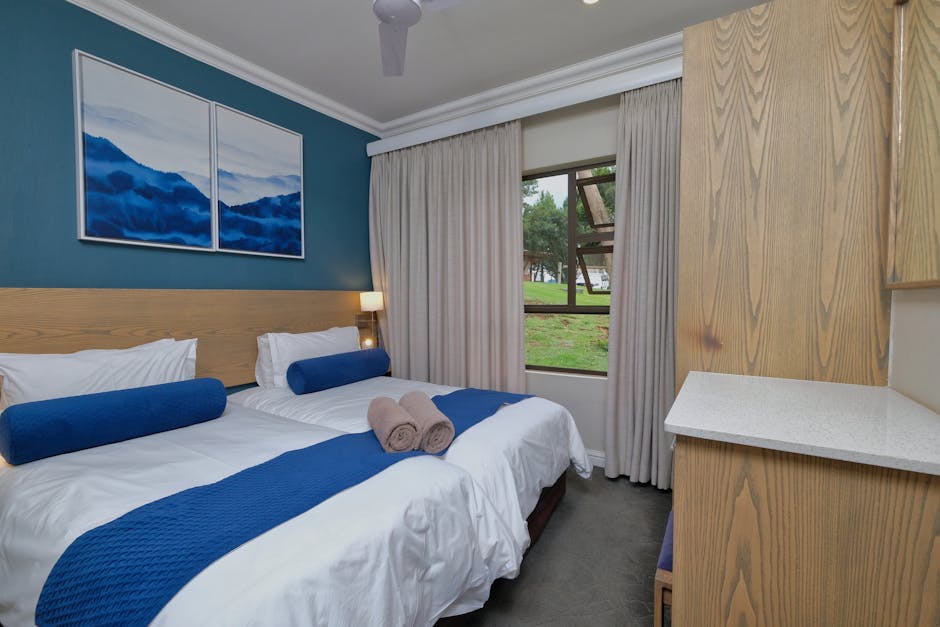
Linen, made from the fibers of the flax plant, offers a casual yet luxurious feel to interiors. Known for its breathability and natural texture, linen is a favorite for curtains, cushions, and bed linens. Its ability to absorb moisture and keep cool makes it ideal for warmer climates, while its natural crumple adds a relaxed elegance to spaces. Though it wrinkles easily, many designers embrace this characteristic as part of its charm. Linen’s versatility allows it to fit seamlessly into both rustic and contemporary designs.
Suede: The Subtle Sophistication
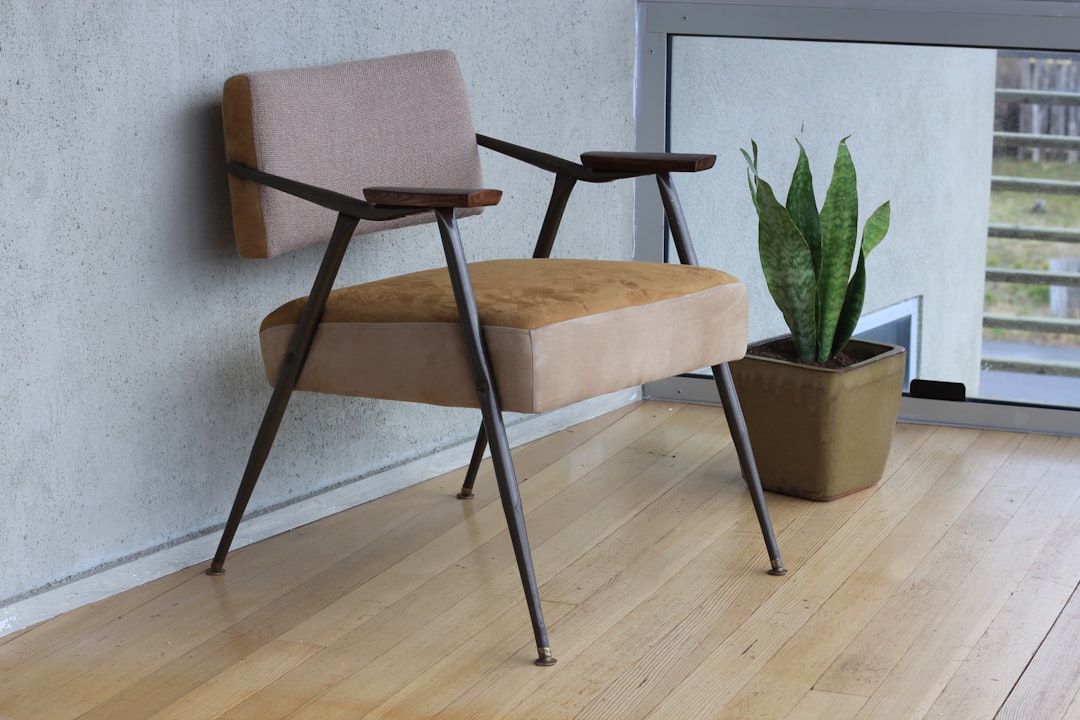
Suede, a type of leather with a napped finish, is known for its soft, velvety texture. In interior design, suede is often used to create a cozy and sophisticated atmosphere. While it requires careful maintenance to avoid stains and wear, its luxurious feel makes it a popular choice for furniture, cushions, and wall coverings. Suede’s muted tones and texture add depth to interiors, making spaces feel more intimate and inviting. For those willing to invest in care, suede offers unmatched elegance and comfort.
Brocatelle: The Ornate Opulence
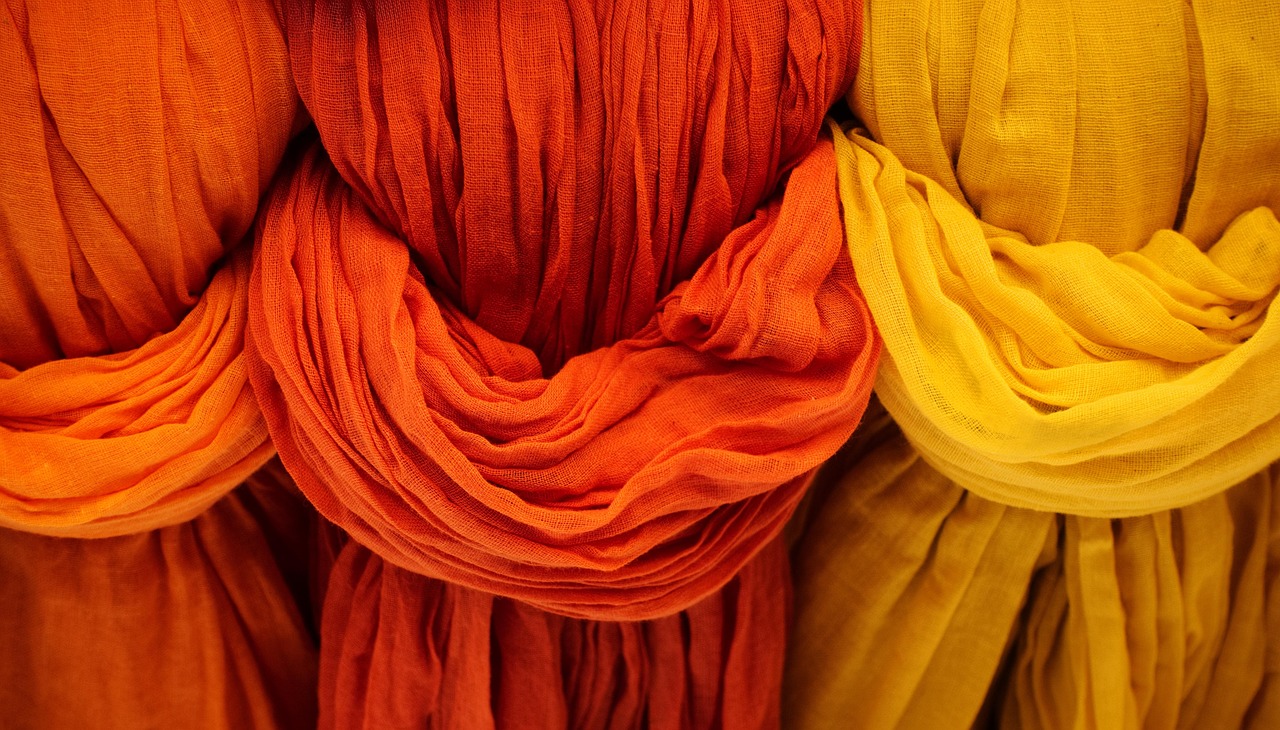
Brocatelle, a heavy fabric with raised patterns, is a testament to ornate luxury. Often used in traditional and classic design settings, brocatelle adds a touch of historical elegance to interiors. The fabric’s intricate designs are achieved through a complex weaving process, resulting in a textured surface that stands out. Brocatelle is commonly used for upholstery, curtains, and decorative pillows, providing a rich and opulent look. Its historical roots and detailed patterns make it a favorite among those who appreciate classic design elements.
Faux Fur: The Ethical Extravagance
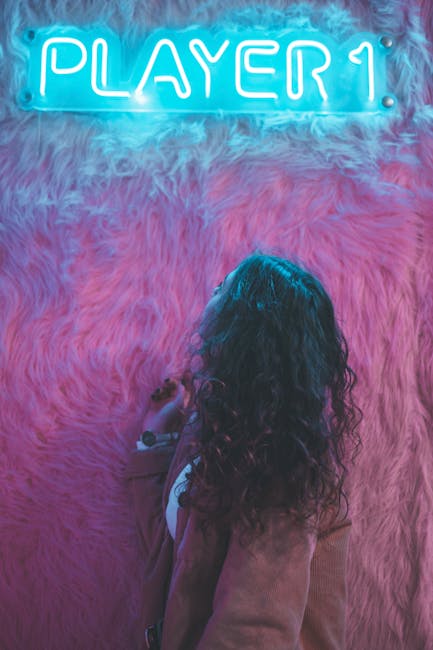
As awareness about animal rights grows, faux fur has emerged as a sustainable alternative to real fur in interior design. This fabric mimics the look and feel of genuine fur without the ethical concerns, offering warmth and texture to spaces. Designers use faux fur for throws, rugs, and cushions, adding a touch of glamour and comfort. Its versatility allows it to enhance both modern and traditional interiors, making it a popular choice for those seeking ethical luxury. Faux fur provides the warmth and indulgence of real fur without compromising on style or conscience.

Henrieke Otte is an accomplished writer and content editor, specializing in topics that inspire thoughtful living—ranging from global travel and sustainable lifestyles to interior design and architecture. With a keen editorial sense and a background in cultural studies, Henrieke brings depth, elegance, and clarity to every piece she crafts.
Her work is known for its engaging voice, visual sensitivity, and ability to turn complex ideas into accessible, reader-friendly narratives. Whether exploring eco-conscious destinations, dissecting climate-conscious home trends, or curating serene living spaces, Henrieke writes with a balance of creativity and insight that resonates with design-savvy, environmentally aware audiences.
Driven by a love of meaningful storytelling and a refined aesthetic, Henrieke contributes regularly to digital platforms and magazines where quality content meets visual sophistication.
